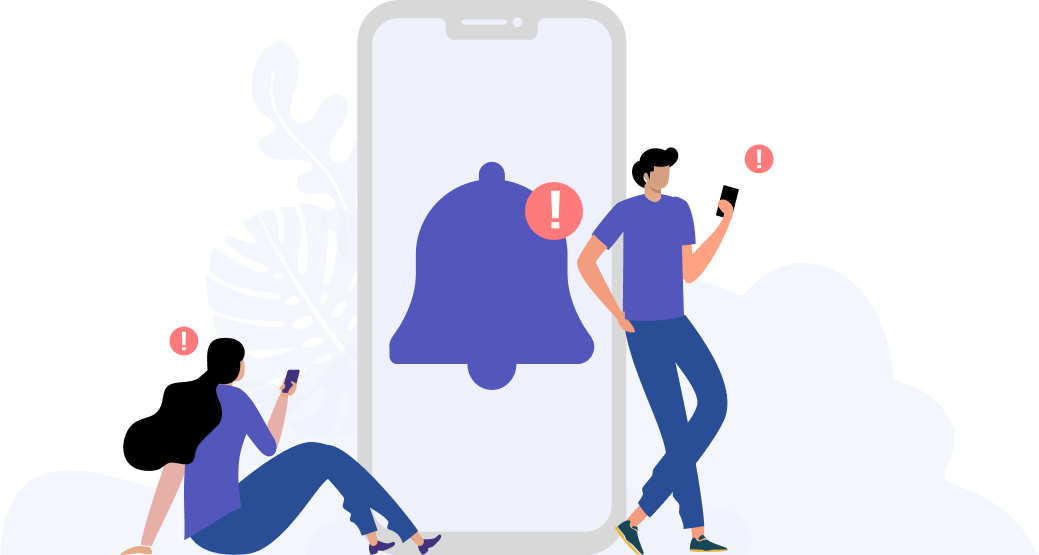2 ways to prepare your child for their first eye exam

It is not uncommon for kids to feel nervous for their first visit to the optometrist! They are unlikely to know what to expect, so to calm their nerves, follow these three tips on how to prepare them for their first eye exam.
1. Fill them in on what to expect.
To help alleviate any pre-appointment jitters, it helps to familiarise them, as well as yourself, with the procedures of an eye exam beforehand. If you are not too sure about what happens during an eye test, read on for a quick summary.
Eye exams are usually performed by optometrists and typically last around thirty minutes. They involve various tests, which include measuring your child’s ability to see and using non-invasive technology to examine the internal and external structure of the eye to identify any disease.
The main eye problems to look out for during early childhood are refractive errors such as myopia (short-sightedness) and hyperopia (far-sightedness), strabismus (eye misalignment), amblyopia (lazy eye), and congenital cataracts. The type of tests that an optometrist will carry out to diagnose these may differ depending on the age of your child.
Kids under two years old cannot cooperate with being asked to read vision charts so the optometrist may use non-invasive devices such as an auto-refractor or retinoscope to measure the way the eye refracts or bends incoming light, which will help them to know whether your child can see clearly. You can find out more information about these tests here.
Older children, above about the age of 3 years can usually report what they can see on a vision chart and therefore will likely be required to complete a visual acuity test. This test measures the eye’s ability to see objects at a distance and can help to detect underlying refractive issues like myopia. Some other tests that might be conducted include a colour vision test, where colour blindness is tested for, or an ocular health test, where the health of your child’s eyes, including the cornea, iris, lens, retina and eyelids will be examined.
It is usually recommended that your child gets their first test before the age of two. Eye exams are non-intrusive and are therefore less scary than they might sound.
2. Stay by their side
Having a familiar face in the room can help make your child feel more comfortable. It’s also important to be there for them in case you have any questions or the optometrist needs any background information. Stick by your child’s side and offer a hand to hold in case they feel nervous.

Booking an appointment
So now that your child is up to speed with the ins and outs of eye health and eye exams, it’s time to book their first appointment. Plano’s online Eyecheck system can help connect you to a local optometrist in Singapore. It also helps keep track of past appointments to make sure you’re getting your kids’ eyes checked regularly

The importance of maintaining good eye health
In a world where we are increasingly exposed to the negative effects of digital technology, it is more important than ever to stay on top of your kid’s eye health. Taking your child to an optometrist today will help teach them how to take good care of their eyes- a life-long lesson that will benefit them well into the future!
Tools Designed for Healthier Eyes
Explore our specifically designed products and services backed by eye health professionals to help keep your children safe online and their eyes healthy.





